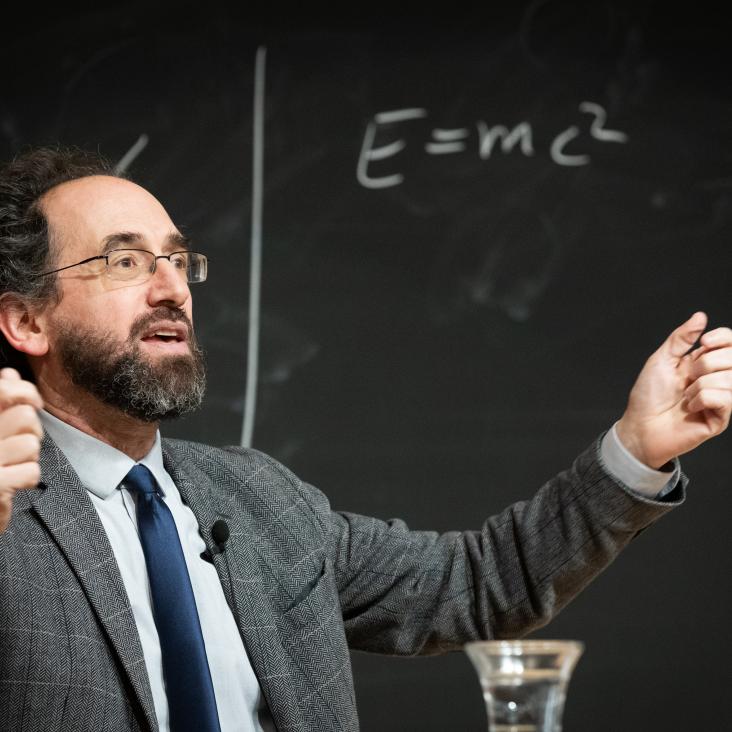Skyrmions in twisted bilayer graphene: stability, pairing, and crystallization
s-wave paired electron and hole composite fermion trial state for quantum Hall bilayers with ν=1
Abstract:
We introduce a new variational wave function for a quantum Hall bilayer at total filling νT=1, which is based on s-wave BCS pairing between electron composite fermions in one layer and hole composite fermions in the other. In addition, we reexamine a trial wave function based on p-wave BCS pairing between electron composite fermions in both layers. We compute the overlap of the optimized trial functions with the ground state from exact diagonalization calculations of up to 14 electrons in a spherical geometry, and we find excellent agreement over the entire range of values of the ratio between the layer separation and the magnetic length. The s-wave trial wave function naturally allows for charge imbalance between the layers and provides important insights into how the physics at large interlayer separations crosses over to that at small separations in a fashion analogous to the BEC-BCS crossover.


